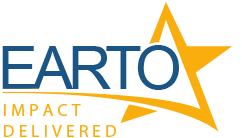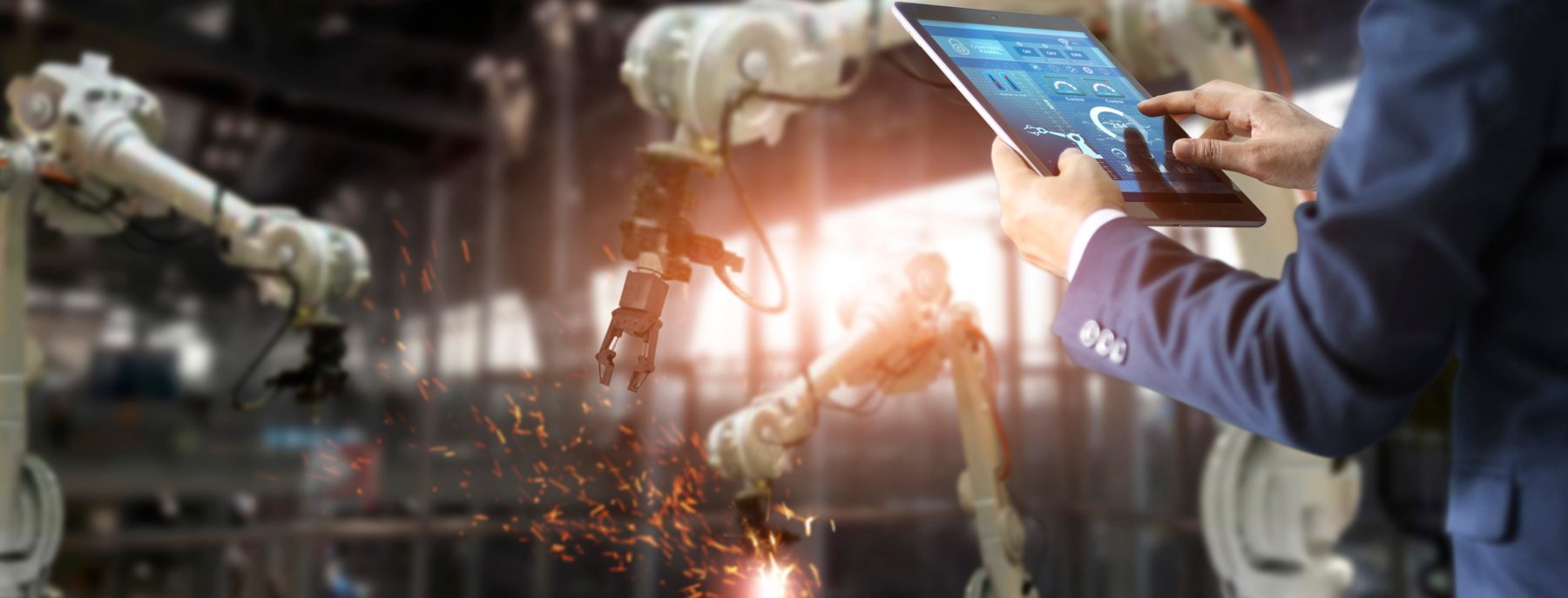TNO – Giving back the sense of touch to endoscopic surgeons
EARTO Innovation Awards 2016 – Impact Expected Category
Second Prize
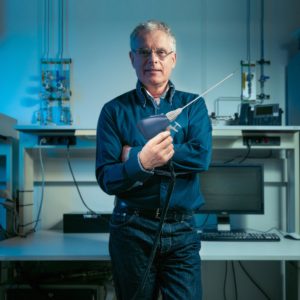
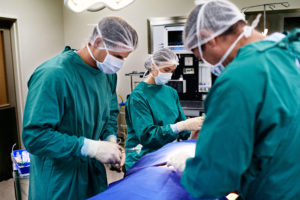 Since the end of the 20th century, minimally invasive surgery has taken over a large part of open surgical interventions, increasing patients’ well-being. However, surgeons had to cope with the loss of their sense of touch. To recover it, a surgeon invented the concept of the OptiGrip and EARTO member TNO enabled its development. This innovative instrument feeds the actual force applied to patients’ tissues back to surgeons’ fingers in real time, for safer and faster surgeries.
The number of endoscopic interventions is still growing today, enabling shorter hospitalisation, smaller wounds and fewer infections. However, the mechanical nature of conventional instruments allow limited tissue feelings to surgeons, causing them to apply much higher forces than needed and leading to unintended damage. To compensate, surgeons guess the tissue forces by looking at camera images, but this feedback is poor and strongly dependent on each surgeon’s skills and experience. Besides, surgeons are hesitant to carry out certain operations with endoscopic instruments as they cannot feel the difference between cancerous and healthy tissues for instance.
Since the end of the 20th century, minimally invasive surgery has taken over a large part of open surgical interventions, increasing patients’ well-being. However, surgeons had to cope with the loss of their sense of touch. To recover it, a surgeon invented the concept of the OptiGrip and EARTO member TNO enabled its development. This innovative instrument feeds the actual force applied to patients’ tissues back to surgeons’ fingers in real time, for safer and faster surgeries.
The number of endoscopic interventions is still growing today, enabling shorter hospitalisation, smaller wounds and fewer infections. However, the mechanical nature of conventional instruments allow limited tissue feelings to surgeons, causing them to apply much higher forces than needed and leading to unintended damage. To compensate, surgeons guess the tissue forces by looking at camera images, but this feedback is poor and strongly dependent on each surgeon’s skills and experience. Besides, surgeons are hesitant to carry out certain operations with endoscopic instruments as they cannot feel the difference between cancerous and healthy tissues for instance.
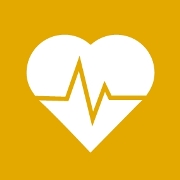 The force applied to tissue with the OptiGrip is reduced 3 to 4 times compared to standard instruments
The force applied to tissue with the OptiGrip is reduced 3 to 4 times compared to standard instruments  The first human endoscopic intervention with the OptiGrip took place in April 2016
The first human endoscopic intervention with the OptiGrip took place in April 2016  The worldwide market for this instrument is 1 million instruments/year and the Optigrip’s market share is estimated at 20.000/year by 2021
The worldwide market for this instrument is 1 million instruments/year and the Optigrip’s market share is estimated at 20.000/year by 2021 More information about this innovation
 TNO, an independent RTO from the Netherlands, has over 3000 professionals who put their knowledge and experience to work in creating smart solutions to complex issues. These innovations help to sustainably strengthen industrial competitiveness and social wellbeing. TNO has some 3000 industrial partners around the world, including SMEs.
The organisation focuses on 5 transitions: healthy living, defence, safety and security, industry, energy, and urbanisation.
www.tno.nl
TNO, an independent RTO from the Netherlands, has over 3000 professionals who put their knowledge and experience to work in creating smart solutions to complex issues. These innovations help to sustainably strengthen industrial competitiveness and social wellbeing. TNO has some 3000 industrial partners around the world, including SMEs.
The organisation focuses on 5 transitions: healthy living, defence, safety and security, industry, energy, and urbanisation.
www.tno.nl
< Previous Next >
